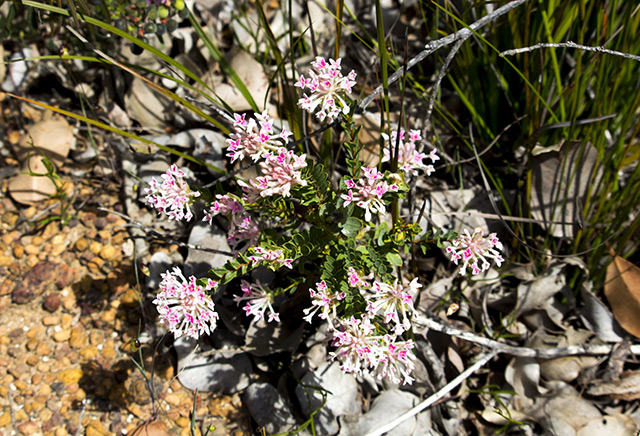7 Reasons to start adding Amaranth greens to your diet
04/04/2019 / By D. Samuelson

Amaranth is a diverse and colorful plant offering a bevy of healthful benefits. Flour made from its seeds has more protein than most others, and amaranth pasta is also a tasty alternative to your typical wheat pasta. Amaranth is in the superfood category, as it is full of fiber, rich in magnesium, copper and calcium and essential vitamins, including “A, C E, K, B5, B6, folate, niacin, and riboflavin,” reports SunWarrior.com. The leaves of the Amaranth, known in the Caribbean, Africa and Asia as callaloo, may be the most versatile part of this vibrant plant. These leafy greens contain their own particular nutritional punch and, like kale, can be added to smoothies, salads, sandwiches and soups or steamed, grilled and sautéed with your own special blend of spices. Here are seven reasons why you should add amaranth greens to your diet. (h/t to Organicauthority.com)
1. Tocotrienols
Amaranth leaves contain a form of vitamin E called tocotrienols, which can reduce the risk of heart disease, they have anti-inflammatory properties and “may be protective against cancer,” and according to a 2014 study documented in the Journal of Nutrition and Metabolism.
2. Reduced risk of stroke
Amaranth leaves contain a substantial amount of potassium, which helps maintain a good flow of oxygen to the brain. This blood flow “stimulates neural activity and cognitive function,” which, in turn, can lower the risk of a stroke.
3. Less risk of hypertension
The magnesium contained in amaranth leaves, combined with its potassium values, work together to lower the risk of high blood pressure, or hypertension. Magnesium is so essential for our bodily functions, says Dr. Mark Sircus, that “one cannot take a breath, move a muscle, or think a thought without enough magnesium in our cells.”
4. Digestive benefits
The leafy greens of the amaranth plant are full of fiber that is actually easier to digest than kale. The fiber will help fill you up, says Sunwarrior.com, while it “slows the absorption of sugars” which allows the body to “keep up the energy production.”
5. Iron
Plant-based sources of iron are essential, particularly for vegans and vegetarians. Amaranth has more iron than wheat, reports Natureshealthfoods.com, and it’s also gluten-free. Iron is important in preventing anemia.
6. Delicious as a fermented food
Because the leaves of the amaranth plant don’t last as long as the seeds or flours, why not ferment the leaves and gain the double benefits of additional probiotics? Preparation is quick and easy. Use a wide mouth mason jar, and fill it up with amaranth stems and leaves. Cover your bounty with clean, chemical-free filtered water, then add either a half an onion, shallot or a few cloves of garlic, according to your preference. Add two tablespoons of a rich mineral sea salt and tighten the lid. Place your jar in a cool, darkened space for a few weeks. Don’t forget to let off the gasses by opening the lid every few days. Fermented amaranth leaves can stay in the refrigerator for three to six months.
7. An amazingly versatile food
Whether raw, stir fried or in mixed in smoothies, soups, salads or sandwiches, use amaranth greens just like you would kale, turnip greens or spinach.
When you eat your amaranth leaves, you’re celebrating a food worshiped and depended upon as a staple by the Aztecs more than 6000 years ago. The conquering Cortez destroyed most of the amaranth crop in a religious furor. Fortunately, this superfood survived and was introduced in the 1970s to America by George Mateljan, who continues his vision of promoting the world’s healthiest foods to this very day.
Sources included:
Photo credit: Organicauthority.com
Tagged Under: amaranth, amaranth greens, digestion, digestive health, fiber, food cures, food is medicine, gluten free, Herbs, high blood pressure, hypertension, iron, Magnesium, natural cures, natural medicine, potassium, prevention, stroke
RECENT NEWS & ARTICLES
Herbs.News is a fact-based public education website published by Herbs News Features, LLC.
All content copyright © 2018 by Herbs News Features, LLC.
Contact Us with Tips or Corrections
All trademarks, registered trademarks and servicemarks mentioned on this site are the property of their respective owners.




















